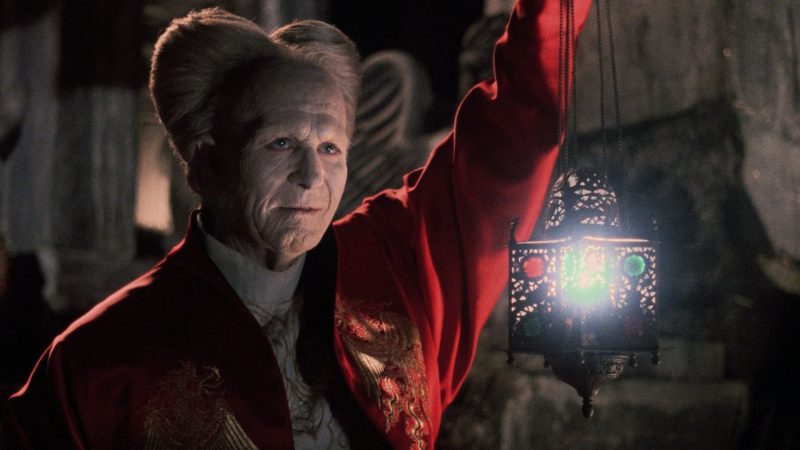Although the history of vampires has been tarnished after movies and T.V. shows such as Twilight and Teen Wolf, these bloodsuckers are still one of the essential elements of cinema. Please don’t be angry; it’s my article. That’s why I want to share my personal views. Twilight is a mess. I’m counting the names that come to mind when I think of vampires: Blade, Dracula, Interview with the Vampire, and more.
So let’s start our article by correcting a mistake: What do we think of when we say Vampire is a legacy from cinema. However, the “thing” we call a vampire is thousands of years older than cinema. The fact that the Vampire is a cinematic element is entirely the job of the filmmakers. Much of what we believe in is already the work of filmmakers. Especially the features of what we call a modern vampire is completely cinematic fiction. Vampires don’t die in the sun! Totally lie. Details like these are the director F.W. Murnau and writer Bram Stoker’s fault. To understand the difference between vampires in the cinema and real vampires, it is necessary to know the history of vampires first. Let me tell you a little about the history of these bloodsuckers. Let’s find out how old and “real” vampires are and be surprised.
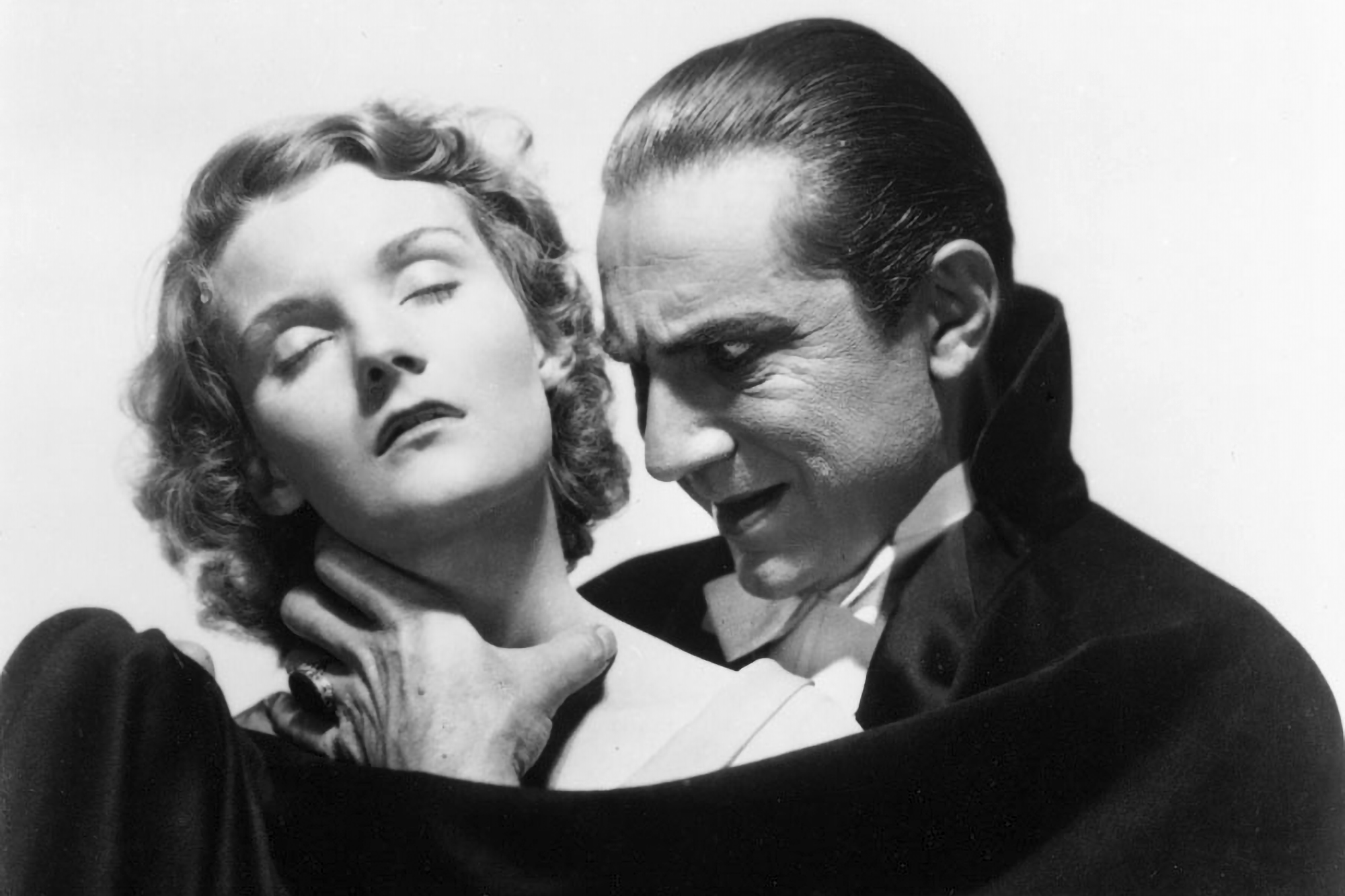
Vampire is a being mentioned even in Babylonian times. Babylon was established in 1894 BC. So the first known vampires were around 3800 years old. The first vampires mentioned in the Babylonian period are quite different from today’s vampires. The history of the Vampire’s contact with humanity corresponds to the Middle Ages. It is one of the first vampire cases in history that Walter Map, a Welsh living in England, claimed that a creature that sucked blood and resurrected killed the whole village. Early scientists explained vampires as follows:
“They are extremely strong, their faces are sunken, they look sick, they are very fast, their skin temperature is always changing, and they are not affected by the sun.”
This explanation led them to conclude that the first vampires were sick humans. In fact, a professor of chemistry at the University of California, Wayne Tikkanen, has officially claimed that vampires are sick people. The professor tells him that these people have Porphyria. When Porphyria, a kind of blood disease, progresses, the person shows symptoms such as weakness against infrared rays, darkening skin, hair growth, and pain. Over time, it causes people to go crazy. The same professor claimed that they sucked blood because they believed that blood was beneficial. But this claim of the professor is immediately refuted. There are many types of Porphyria, and very, very few of them cause skin changes. There are too many vampire stories in history for a disease with very little probability.
Vampire stories exist all over the world. The first official vampire story is Vikram and the Vampire. B.C. The Sanskrit script believed to have been written in the 700s is included in the 12th volume of the book Kathā-Sarit-Sāgara. They have traveled from Europe to India and even to Turkey. One of the most famous events in Turkey regarding Vampires is as follows:
“Witches sprang up in Tarnovo. After sunset, it began to haunt houses. It mixes things like Zahir’s flour, oil, and honey, and sometimes it mixes them with soil. It picks up the pillows, quilts, mattresses, and bundles it finds in the closets, opens and distributes them, throwing stones, soil and pottery on people, and no one can see anything. It attacked several women and men. They were called and asked: “We thought it was as if a buffalo had collapsed on us,” they said. Therefore, the people of the neighborhood moved their houses to another side. The townspeople agreed that these were the work of evil spirits called witches. A man named Nikola, who is known for witchcraft, was brought into the town of Islimye and bargained with him for 800 cents. This man had a picture board in his hand. He goes to the cemetery, turns the board on his finger, and whichever grave the picture looks at, the witch is the evil spirit in that grave. A large crowd went to the cemetery. When he started to turn the picture board on his finger, the painting stood against the graves of Tekinoğlu Ali Alemdar and two shamans called Apti Alemdar, one of the bloody tyrants of the Janissary corps. The tombs were opened. The corpses were found to have grown by half, and their hair and nails had grown by three or four. His eyes were bloodshot, and he was terrifying. The whole crowd in the cemetery saw this. These men had done all kinds of dirty and ugly things while alive, attacked rape, honor, property, and killed people. As if what they had done in their health was not enough, they were now plaguing the people as evil spirits. According to the description of the Witcher, Nicholas, a wooden stake was driven into the navels of the corpses, and their hearts were scalded with boiling water to exorcise such evil spirits. The bodies of Ali Alemdar and Apti Alemdar were exhumed. A wooden stake was driven into their navels, and their hearts were scalded with a cauldron of boiling water. But it had no effect. “These bodies must be burned,” said the witch. In this regard, permission was given in the Sharan, and the exhumed corpses of the two Janissaries were burned in the cemetery. Thank God our town is freed from the witch’s evil.”
“There is no theater without a vampire,” a critic protested in the 1820s. At that time, Sheridan Lefanu’s play “Carmilla,” written in 1872, was being staged. A female vampire is put on the scene among the male vampires. The woman is called a “vamp.” The word vamp comes from 1820 to the present day.
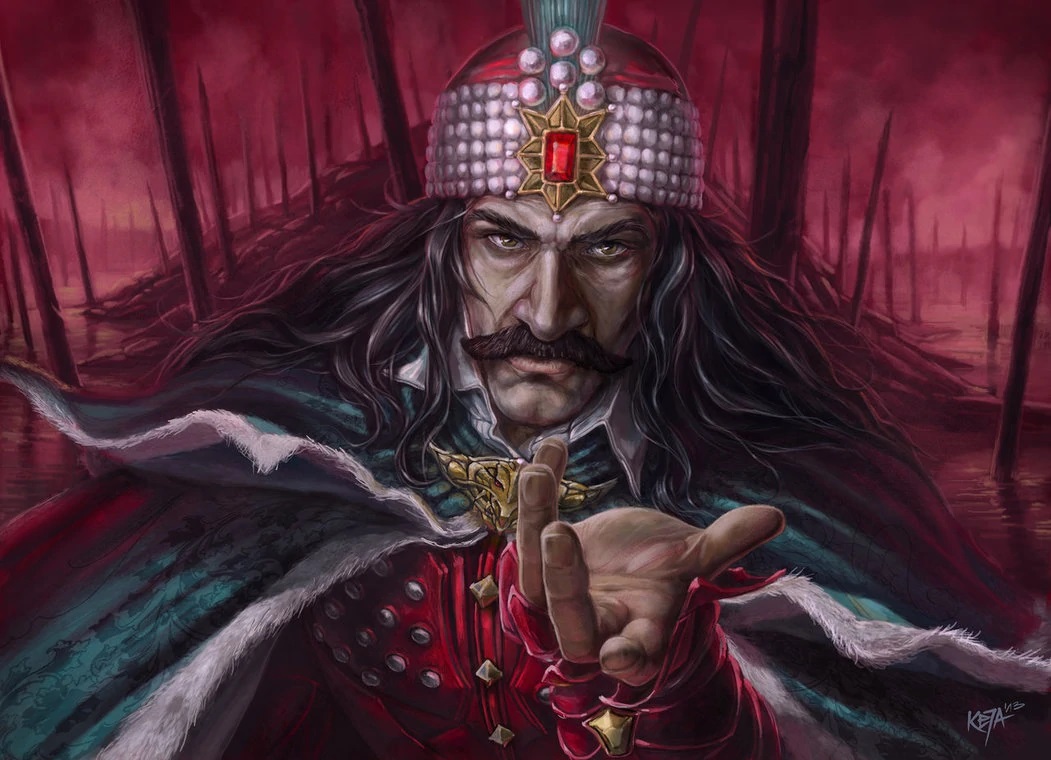
In 1897, an Irish man named Bram Stoker wrote a book called “Dracula.” In order to write this story, Bram Stoker collects all the vampire myths and mixes them all together to form his own Vampire legend. Let’s refresh the information about where the name Dracula came from: Vlad the Impaler, that is, Vlad Tepeş. After the book written by Bram Stoker, the characteristics of the creature we call a vampire are more or less settled. For this reason, we can accept Bram Stoker as the first person to define the Vampire. But the creator of the creature you know as the Vampire is the German director F.W. Murnau. He shot a film called Nosferatu in 1922, during the period when the expressionist films broke out. This movie destroys all known vampire myths. Murnau, who created his own Vampire based on what Stoker wrote, created the first Vampire that we will remember from now on. A being who dies by a wooden stake, is afraid of garlic, cannot go out into the sun, and lies in a coffin in his castle. That bloodsucker who was burned to death at the end of the story. But Murnau gets in trouble because of the movie. The movie was so similar to Bram Stoker’s Dracula that it’s no surprise here that the copyright holders sued Murnau, and all copies of the movie are unfortunately destroyed. The film remained a lost film until it was remade in 1994. The Nosferatu we watch today is its remastered copy.
However, Nosferatu is not the first vampire movie. The first vampire movie in history is a movie called Le Manoir Du Diable from 1896, and it belongs to a French director, George Melies. But because the assets in the movie did not fully comply with the definition of Vampire and cinema was a newly discovered art at that time, it did not create the necessary effect. The first movie in which the word “vampire” was mentioned was the 1915 movie “Zhenshchina Vampire.” Interestingly, the movie is Russian-made, but unfortunately, it is one of the lost movies. After all, when we look at the big picture, Nosferatu is considered a milestone for vampires in cinema.
Nosferatu is a successful period thriller focusing on the nature of Vampires. Although there were many vampire movie attempts after 1922, the most valuable work that has been recorded is the 1931 film Dracula. After Murnau, Vampires fall into the hands of the mainstream. With the increasing number of horror films after 1920, serial production of vampire films also begins. Universal’s classic Dracula movie stars Bela Lugosi in the lead role. Bela Lugosi is the first player to identify with Dracula. He has embraced being Dracula so much that he asked to be put in the coffin with a cloak in his will.
Various vampire films were made until 1943. In 1943, the name identified with another Dracula, Lon Chaney Jr., arose. The cloak is entrusted to him until Christopher Lee. All Vampire movies down to Christopher Lee are owned by Universal as they are licensed from Bram Stoker. Hammer Films produces Post-Lee films, and a brand new vampire franchise has been launched. Fun fact: Vampires have been adapted to the cinema so many times that in 2005 they went down as the most adapted “fictional” character in history.
Unfortunately, Lee’s Dracula movies fall victim to marketing. Lee has played in 7 movies and only has serious roles in 2 of them. Hammer, who wrote films based on Dracula, gave Lee very few roles. Lee has already stated and complained about this in an interview in 2005. In the Hammer era, Dracula becomes a marketing product. Dracula’s Daughter, Dracula’s Son-in-law, Dracula’s Bride, and so many B-Movies are made. Most are forgettable movies.
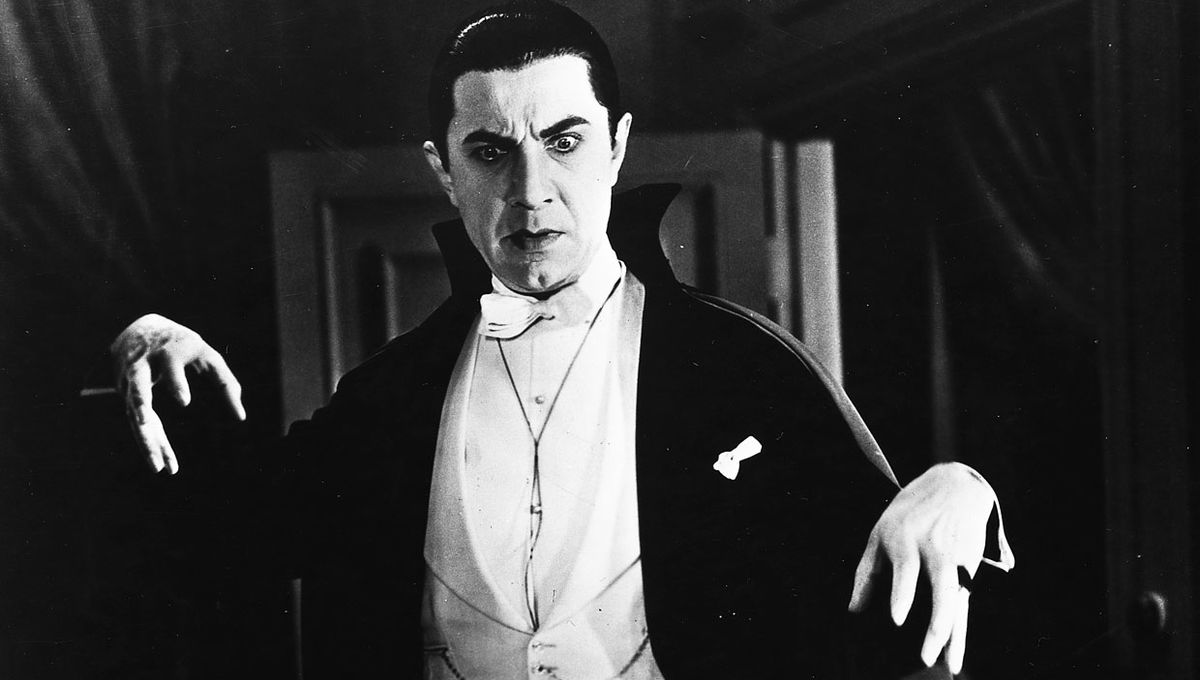
Of course, the vampires don’t just stay under the monopoly of Hammer; they start traveling from country to country. They begin visiting every city from Budapest to Istanbul. For example, let’s go back in time and come to 1953: An amateur movie Dracula in Istanbul is released in Turkish cinemas. Thanks to Fantasturka, I had the chance to watch this movie directed by Mehmet Muhtar at the cinema. Although it is an amateur film, a very successful job has been done despite the conditions and opportunities at hand. Sadly, the film, which did not receive any attention in its own country, is said to have been shown in America and received a standing ovation, according to some unconfirmed sources. Dracula in Istanbul is also the first vampire movie in Turkey. And let me give you a good information: Dracula in Istanbul is the first vampire movie with long fangs. After Mehmet Muhtar’s movie, somehow Hummer started to use long fangs, either.
My Best Friend Is a Vampire from 1988 and Dracula: Dead and Loving It from 1995 by Mel Brooks are movies that make fun of vampirism. In 1992, a comedy movie called Buffy the Vampire Slayer was shot, and a T.V. series with the same name began in 1997 and lasted for 4 years.
Francis Ford Coppola was also included in the vampire movie frenzy. His 1992 movie Bram Stoker’s Dracula is slightly different from the others. He introduces Dracula’s true identity, Vlad Tepes, into the story and tells Dracula in a more personal way. It focuses not only on the character’s wild side but also on his characteristics. You’ve probably seen this movie shown thousands of times on television. Personally, this movie is one of my childhood traumas.
Vampires, of which many films were made until the 1990s, began to become a popular culture item over time. When young people in their 20s like me are called vampires, the films that come to mind are obvious. If you are old enough, you watched Coppola’s Bram Stoker’s Dracula as a child. Also watched Interview with the Vampire: The Vampire Chronicles, based on Anne Rice’s novel and featuring names such as Tom Cruise, Brad Pitt, and Antonio Banderas. You know Buffy through CNBC-E. You know Wes Craven’s Brooklyn vampire Eddy Murphy.
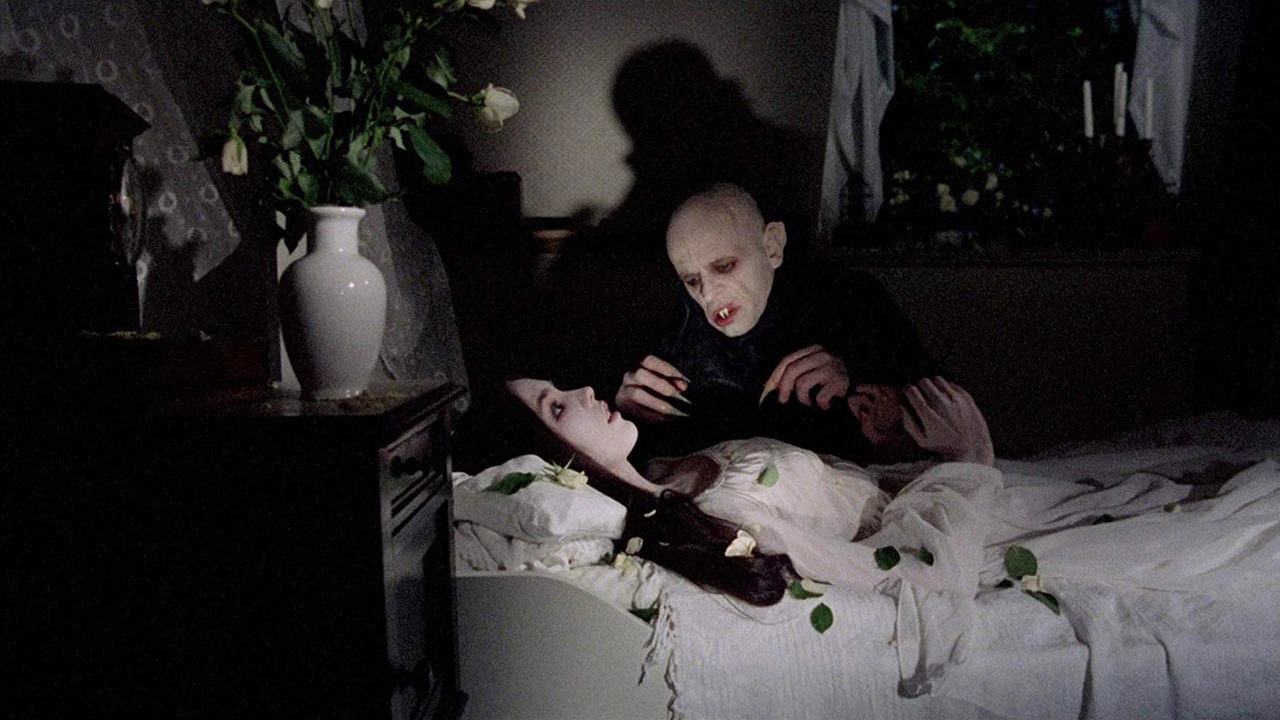
One of the best examples of Steam Punk, League of Extraordinary Gentlemen, Hugh Jackman’s Van Helsing, Marvel’s Blade series, and Underworld turned vampires into deadly melee fighters. Various good vampire movies were not made among these productions, which turned vampires from terrifying to charismatic and evil barons. Movies like 30 Days of Night and Let Me In are some of the latest to showcase the brutality of vampires.
Unfortunately, vampire movies that kept their classic pattern in the 90s took a completely different route in the 2000s due to the change in the shell of Hollywood. We and those who came after us are watching this deviation right now. Vampires lose their bloodsucking identity over time and are transformed into sexy beings who fight and make love. Movies and T.V. shows like Twilight, Teen Wolf, True Blood, and The Vampire Diaries have unfortunately stuck vampires into the teenage mold. And interestingly, they got a lot of attention.
Unfortunately, there are no serious studies on vampires today. The pattern of puberty still remains. Evolved versions of savage, bloodsucking vampires appear in T.V. shows and movies. They also take shape among themselves; everyone constructs their own Vampire. For example, the Vampire in the movie Blade and the vampires in the Supernatural series are different. B.C. Vampire stories from the 1800s to the present day have changed, just as humans have changed. In the early 1900s, these beings, who were known for their gothic style, turned into villains in their castles in the mid-1900s. Nowadays, they have become ordinary citizens who dress like us and mingle with the crowd.
What We Do in the Shadows is a great movie that makes fun of the modern-day Vampire. In the film, which tells the story of 4 vampires who have been alive for hundreds of years, we watch the efforts of these vampires to get used to today’s conditions and technology. Since they have come this far, they should also benefit from technology, right?
The Vampire will always remain a cinematic element for those who do not know its history. However, it is an entity believed to exist for 3800 years and has been the guest of hundreds of stories, but its reality has never been proven. These mythological beings have been the subject of many books but did not reach their seriousness until Bram Stoker came out and collected all the stories. With Murnau’s film after Bram Stoker, a kind of monster called Vampire was born.
Although Bram Stoker and Murnau laid the foundation for the vampires we watch today, modern vampires are far from these foundations. Their motives are pretty fuzzy. They’re not wild anymore. Looking for mostly sexual relationships. Vampire movies are no longer made the way they used to be. It is not preferred due to the lack of creative ideas. And also, they have been around for so many years that the audience is not interested in them anymore. The audience has already memorized them. Everyone already knows what to do if they bump into a vampire on the street. Not scary anymore. Even mostly sexy. Maybe they are overused, yeah. Yet with a great idea, vampires always have the power to fascinate us.
